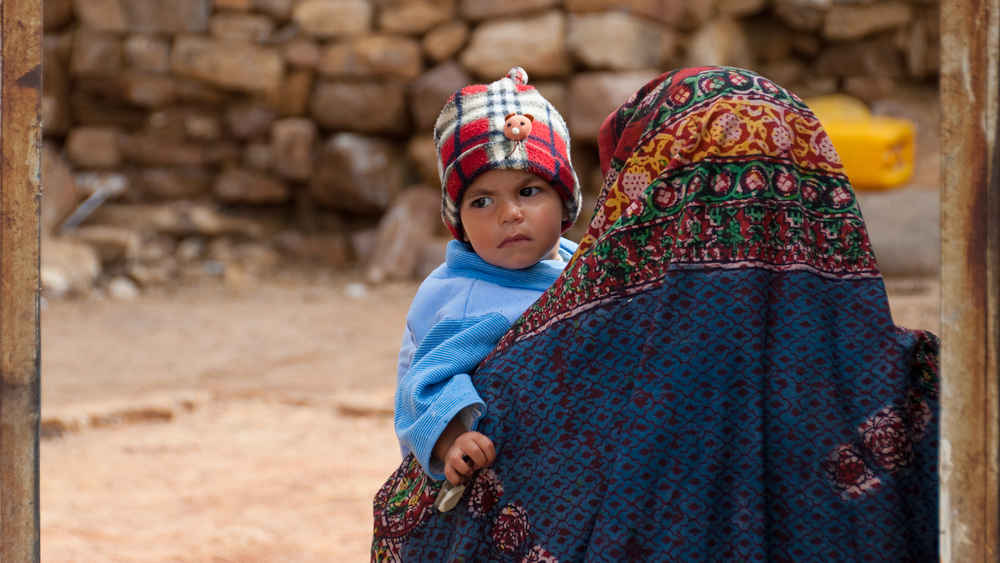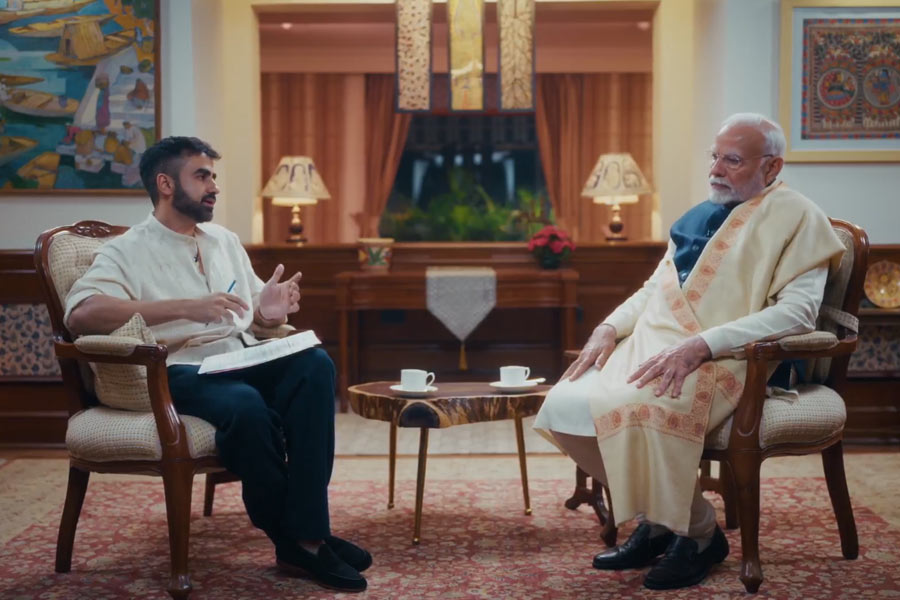A step forward is often marred by two steps back. According to recent data, India’s infant mortality rate has shown a downward trend between 2009 and 2019, but the decline has slowed down in most states over the last five years. Further, a stark disparity among states has been discerned. While Bihar, Andhra Pradesh and West Bengal, among others, have noted accelerated improvement, others, such as Madhya Pradesh, Punjab, Uttar Pradesh, trail at the bottom of the list. Worryingly, the states with the highest IMR have also reported marked slowdown in improvement. IMR is understood as deaths per 1,000 live births of children under one year of age. The poor performance of certain states cannot be explained away by factors such as India’s enormous population. Health is a state subject. The populations of Uttarakhand and Chhattisgarh, for instance, are far lower than that of Kerala, whose IMR is on a par with that of the United States of America, yet they record higher IMRs. Neither can it be attributed to the country’s economic condition — Iraq, Syria and Libya, ravaged by civil war, fare better than India. The problem lies in the lack of investment in public health — India allocates only a little over 1 per cent of its gross domestic product to healthcare. The healthcare infrastructure had been rickety even before the pandemic, and rising out-of-pocket expenditure makes healthcare all the more unaffordable for a large section of the population.
Infant deaths also point to deeper social problems such as malnutrition or poor sanitation and compromised immunization of both mother and child. Women’s well-being — systemically neglected in the country — must be urgently prioritized. Encouraging women’s education could go a long way in mitigating the issue: research shows that the literacy of the mother is inversely proportional to infant mortality. New challenges are making matters worse. The pandemic has led to a 50 per cent spike in child marriage cases. The bodies of underage women would naturally be ill-equipped to bear healthy children. There is also a case for fortifying neonatal health infrastructure — improved institutional delivery has led to lower IMR in Bengal. This should be accompanied by sustained awareness about maternal and child health.










